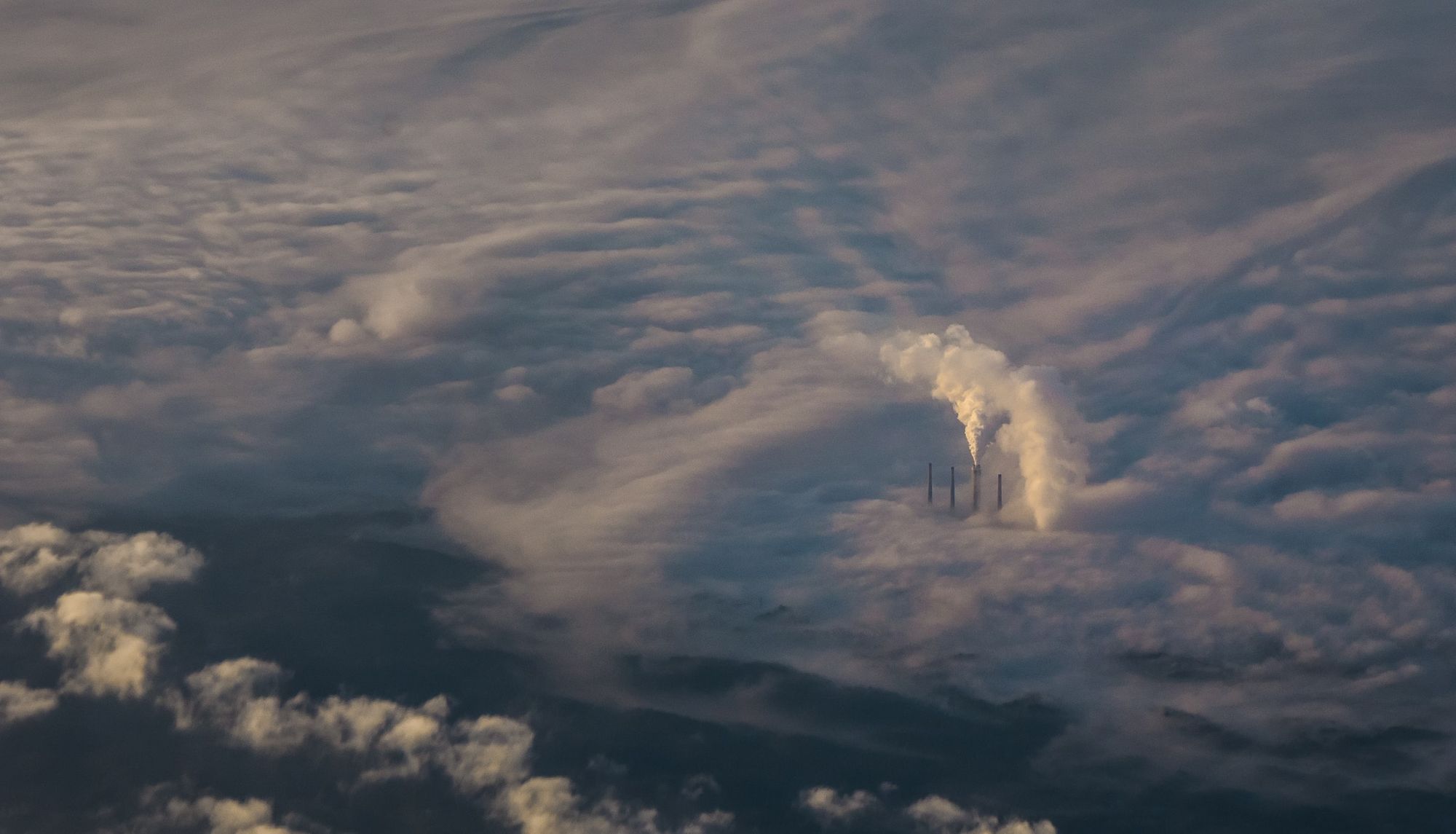Last month, you learned that global warming is proportional to accumulated global emissions of carbon dioxide. Although the Earth is still warming in response to the carbon dioxide already in the atmosphere, about half of the carbon emitted each year is removed by processes on land and in the ocean¹, so if emissions from human activity stop completely, then the carbon dioxide concentration will start to decrease, which will stop — and eventually reverse — the warming². That is why the stated goal of anyone serious about stopping global warming is ‘net zero emissions,’ when increased removal of carbon balances any remaining emissions. Reducing emissions by 50% will stop the accumulation of carbon dioxide in the atmosphere, but it won’t stop the warming because the Earth will still warm in response to the carbon dioxide that’s already been added to the atmosphere.
As shown in figure 13, about 25% of global greenhouse gases are methane, nitrous oxide, and fluorinated gases. As mentioned last month, methane is short-lived, so warming due to methane is proportional to recent (rather than accumulated) emissions. Like carbon dioxide, nitrous and fluorinated gases remain in the atmosphere for decades to centuries, so their emissions must be decreased substantially to stop warming from them.

To reduce greenhouse gas emissions, we must know which activities are responsible. No single activity dominates, but according to Figure 2³, three fourths of global emissions involve using fossil fuels for energy: producing electricity and heat; in industry to make steel, concrete, and fertilizer; for transportation; to heat homes and other buildings; or in the extraction, refinement, and distribution of fossil fuels.
The remaining 24% is largely methane (from cows, sheep, and rice paddies), nitrous oxide (from fertilizer), and carbon dioxide from burning forests to clear land.

Since three fourths of emissions are from burning fossil fuels for energy, it’s helpful to understand the factors driving those emissions. The Kaya identity⁴ expresses those emissions as the product of four factors that, when multiplied together, give the emissions from burning fossil fuels.
CO2 emissions = population × GDP per capita × energy intensity of GDP × carbon intensity of energy.
GDP per capita is average annual income. The energy intensity of GDP is how much energy it takes to produce that income. The carbon intensity of energy is how much CO2 is emitted when energy is produced.
If carbon dioxide emissions are to be cut in half or more, population and GDP per capita are painful ways to accomplish that goal. Reducing the energy intensity of GDP by improving energy efficiency has historically been effective⁵. Although the carbon intensity of energy6 has not decreased much yet, there is great potential with the availability of economically competitive carbon-free energy sources like wind, solar, hydroelectric, nuclear, and geothermal.
Next month we’ll explore the many climate solutions available to not only reduce carbon dioxide emissions, but reduce emissions of methane, nitrous oxide, and fluorinated gases and to preserve natural removal of carbon dioxide and augment carbon removal with engineered methods.
Sources:
- Friedlingstein et al., Global Carbon Budget 2019
- carbonbrief.org/explainer-will-global-warming-stop-as-soon-as-net-zero-emissions-are-reached
- epa.gov/ghgemissions/global-greenhouse-gas-emissions-data
- sciencedirect.com/topics/engineering/kaya-identity
- eia.gov/todayinenergy/detail.php?id=27032
- arstechnica.com/science/2017/05/carbon-intensity-is-falling-in-industrial-electric-power-sectors
Main image: Photo by Nik Shuliahin 💛💙 on Unsplash
Data visualizations: Source: IPCC (2014) based on global emissions from 2010. Details about the sources included in these estimates can be found in the Contribution of Working Group III to the Fifth Assessment Report of the Intergovernmental Panel on Climate Change.
Steve Ghan is a climate scientist and leader of the Tri-Cities Chapter of Citizens Climate Lobby. Twitter: @citizensclimate


